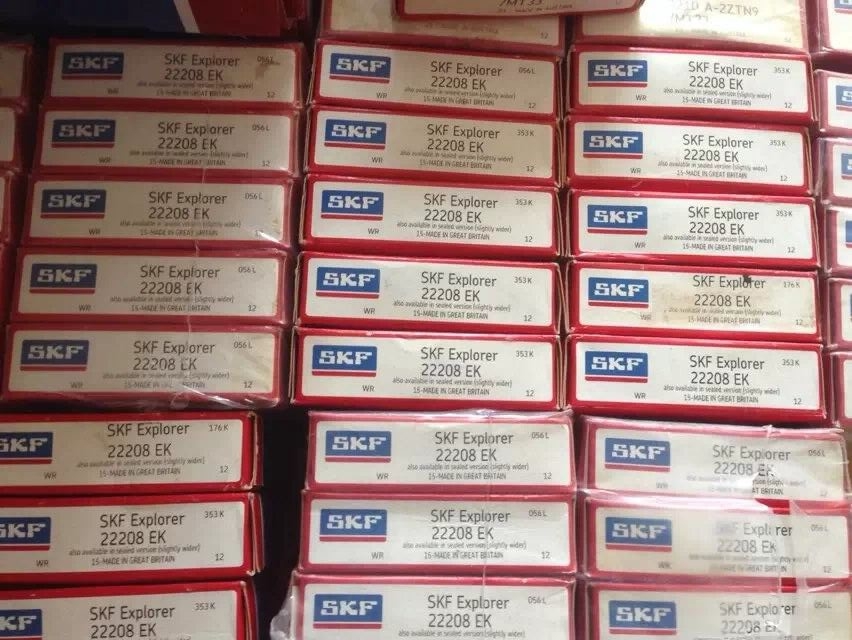Precautions for bearing selection and use
Writer: Eric Bearing Limited
The types, types and sizes of rolling bearings are diverse. In order to make the mechanical device play the expected performance, it is very important to choose the most suitable bearing.
In order to select a bearing, many factors need to be analyzed, and the procedures for selecting bearings must be studied and evaluated from various angles. SKF 22208 EK bearings online , pls click here :
There are no special specifications, but the general sequence is as follows :
(1) Master the use conditions of mechanical devices and bearings, etc.
(2) Clear requirements for bearings
(3) Select the type of bearing
(4) Selection of bearing configuration
(5) Select bearing size
(6) Select bearing specifications
(7) Select the installation method of the bearing
Bearing conditions and environmental conditions
Correctly grasping the location of the bearing in the mechanical device and the conditions of use and environmental conditions are the prerequisites for choosing a suitable bearing. For this, it is necessary to obtain the following data and information:
(1) Function and structure of mechanical device
(2) Where to use the bearing
(3) Bearing load (size, direction)
(4) Rotation speed
(5) Vibration and shock
(6) Bearing temperature (ambient temperature, temperature rise)
(7) Ambient atmosphere (corrosiveness, cleanliness, lubricity)
Choice of bearing configuration
Generally, the shaft is supported by two bearings in the radial and axial directions. At this time, the bearing on one side is called the fixed-side bearing. It bears both radial and axial loads, which is the difference between the fixed shaft and the bearing box. The role of relative axial displacement between. The other side is called the free side, which only bears the radial load and can move relative to the axial direction, so as to solve the problem of the expansion and contraction of the shaft caused by the temperature change and the interval error of installing the bearing.
For fixed-side bearings, it is necessary to select a bearing that can move the rolling surface in the axial direction (such as cylindrical roller bearings) or on the assembly surface (such as radial ball bearings). On relatively short shafts, when the fixed side and the free side are the same, use bearings that only move in one direction (such as centripetal thrust ball bearings).
